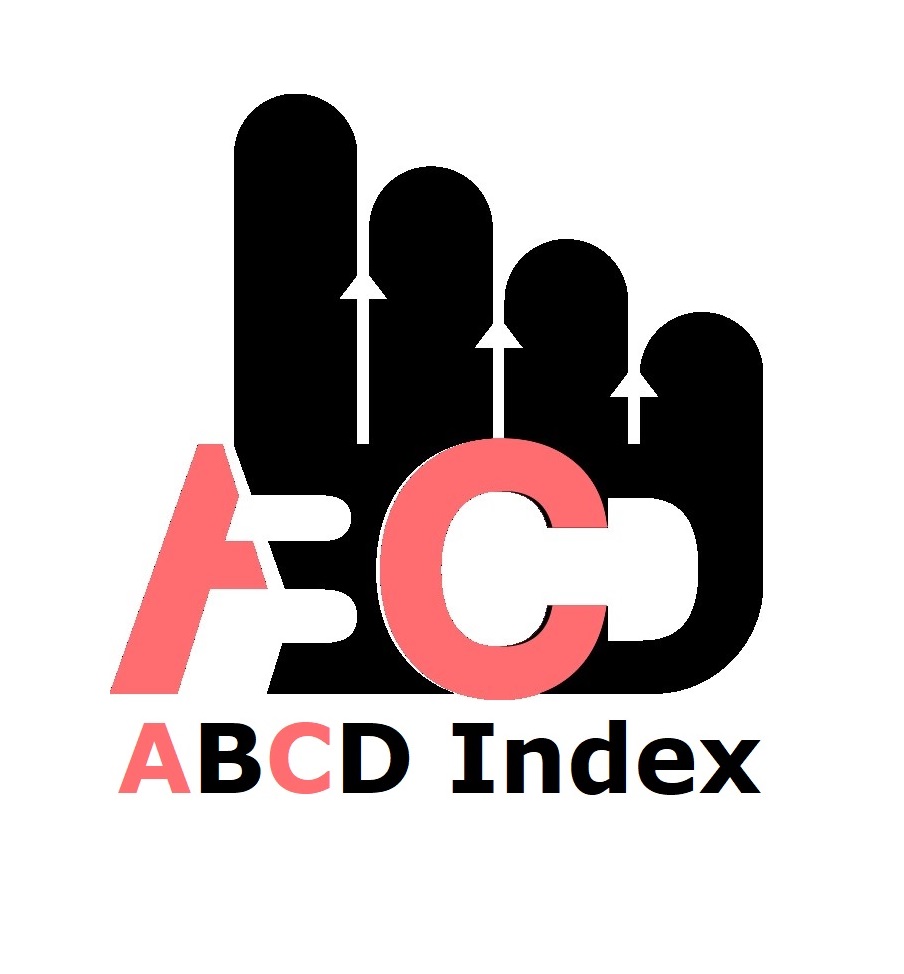Influence of Personality Issues on Effectiveness of Substance Abuse Preventive Measures among Secondary Schools in Kakamega County, Kenya
Keywords:
Effectiveness, Influence, Personality Issues, Preventive Measures, Substance AbuseAbstract
This paper analyses the extent of influence of personality issues on the effectiveness of substance abuse preventive measures among secondary students in Kakamega County through cross sectional survey design. The study was guided by social cognitive theory. The target population was 59675 form three students, 1080 class teachers, 530 G/C teachers and 12 sub-county directors of education in the study area. Multi-stage sampling, simple random and purposive sampling techniques were used to select sample size; 381 students, 108 teachers, 53 g/c teachers and 12 sub-county directors. Structured questionnaires, focus group discussion guides and interview guides were used to collect data. The data was treated through descriptive statistics, correlation and simple linear regression. Qualitative data was transcribed, analysed and reported according to emerging themes. Supervisors were consulted to determine the face, content, and construct validity of the instruments while reliability was tested using Cronbach’s alpha of reliability coefficient index for data collection instruments was above 0.8 both for teachers and students. The researcher guaranteed the anonymity of respondents. The study established that there is a positive association between personality issues and the effectiveness of substance abuse preventive measures. The study concluded that there is a statistically significant influence of personality issues on the effectiveness of substance abuse preventive measures as evidenced by a positive association [F(1, 269)=80.959,P <.05] and [F(1,58)=P<.05]. Finally, the study recommended that teachers should provide emotional support to students since these highly promotes the prevention of substance abuse.
Published
How to Cite
Issue
Section
Copyright (c) 2024 Felistus Okacha Nyamoma, Prof. Moses Poipoi, Dr. Samuel Maragia

This work is licensed under a Creative Commons Attribution-NonCommercial 4.0 International License.
Most read articles by the same author(s)
- Pauline Adhiambo, Peter Odera, Samuel Maragia, The Relationship between Exposure to Violent Content on the Media and Aggressive Behaviour among Adolescent Learners in Western Region, Kenya , African Journal of Empirical Research: Vol. 5 No. 4 (2024): Oct-Dec 2024
- Felistus Nyamoma, Moses Poipoi, Samuel Maragia, Influence of Family Issues on Effectiveness of Substance Abuse Preventive Measures among Secondary Schools in Kakamega County, Kenya , African Journal of Empirical Research: Vol. 5 No. 2 (2024): Apr-Jun 2024























